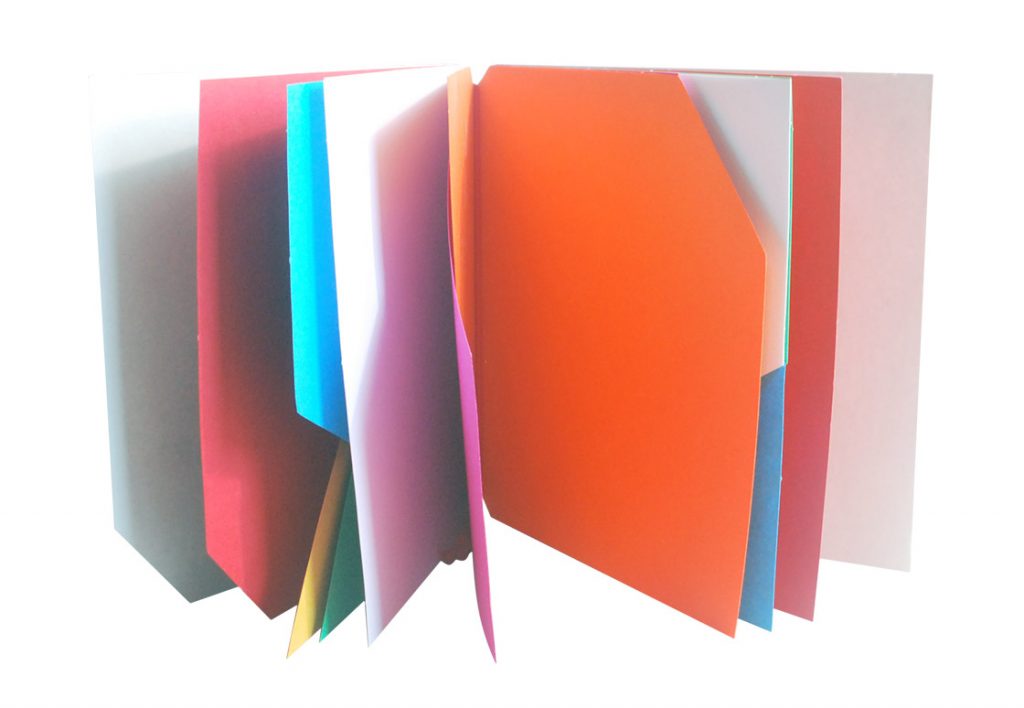Everyone knows Munari. An iconic figure for designers and graphic designers, a source of great enjoyment for young readers, a fount of creativity for artists of all types. This is why Bruno Munari cannot be confined to being just a protagonist of twentieth-century Italian design; it is more correct to define him as an eclectic artist who, from when he started during the Second Futurism movement, dedicated himself to experimenting with many different activities, including painting, sculpting, design, photography, and teaching.
Bruno Munari was born on the 24thof October 1907 in Milan, but spent his childhood and adolescence in Badia Polesine, where his parents had a hotel. He returned to Milan in 1926 and started his creative work as a graphic designer in his uncle’s studio. We like to imagine, though, that his experimentation and observation of reality with eyes that were always fresh began when he lived close to Rovigo, surrounded by the Veneto countryside.
When writing and creating books, Munari paid great attention to never separate the content from the form and the materials. Among his numerous books and many issues, you will find the libri illeggibili (illegible books), a title that already says how far these books are from what we believe a book should be: works which, through their format, colour and page size, can communicate without words. In 1955, some examples were displayed at the MoMA in New York, where the Design Collection still preserves 9 ‘illegible books’.Inizio modulo Another book for becoming familiar with Munari’s way of thinking is Fantasia (Fantasy), which investigates how fantasy, invention, creativity, and imagination relate with the human faculties, something the work does with clear proof and plenty of examples. Da cosa nasce cosa (One thing leads to another), finally, is a manual that gives the basic rules for designing well

Art must not be separated from life:
things that are nice to look at and things that are horrible to use.
To Bruno Munari’s mind, a design object must be useful and solve a problem without giving up on being beautiful. Art and beauty must enter life in a design that can be used. Nice and functional, but also able to experiment. A design idea that opens doors, that allows itself to be touched, is joyful, convivial, creative, luminous, and colourful. As Munari said, “Art is continual research, an assimilation of past experiences, the addition of new experiences involving form, content, material, technique, means.”